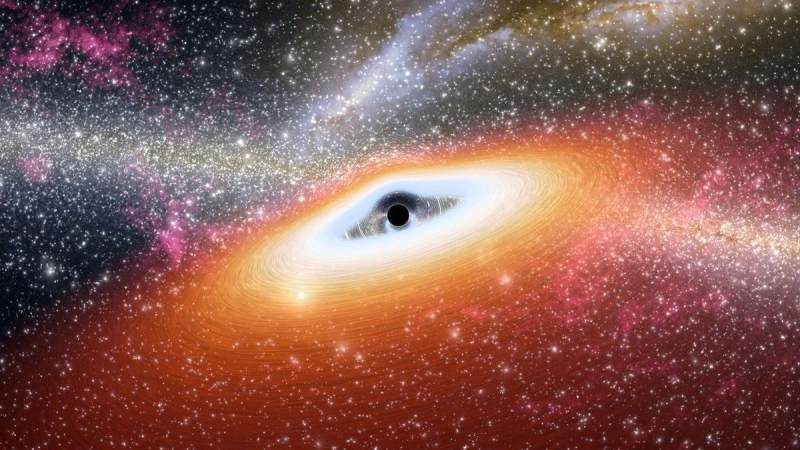
A strange celestial object has been observed by astronomers; it may be the lightest black hole or the heaviest neutron star ever found, or it may be entirely unidentified.
The object in question was found to be 40,000 light-years away, situated inside the dense star cluster known as NGC 1851. It was identified by the fast flashes of its orbiting companion, a pulsar, which is a rotating neutron star that emits a light beam every 6 milliseconds.
The new object may be either a black hole or a neutron star since it is within the historical "mass gap" between the two, according to the researchers. The journal Science published the researchers' findings on January 18.
"Either possibility for the nature of the companion is exciting," a statement from the lead author, Ben Stappers, an astronomy professor at The University of Manchester in the United Kingdom, read. "A pulsar-black hole system will be an important target for testing theories of gravity and a heavy neutron star will provide new insights in nuclear physics at very high densities."
After massive stars explode violently to end their lives, leaving behind neutron stars and black holes, these celestial corpses are known as supernovae. However, even though they are identical at birth, the two kinds of objects can have radically different masses: While neutron stars seldom get heavier than roughly three solar masses, supermassive black holes can weigh as much as billions of suns. From a distance, however, even the heaviest neutron stars and the lightest black holes can have striking similarities.
Black holes as light as five solar masses and neutron stars as heavy as twice the mass of the sun were the only objects observed by astronomers for the majority of the field's existence. Everything in between was unknown. The Laser Interferometer Gravitational-Wave Observatory (LIGO) observed space-time ripples indicative of a light black hole or heavy neutron star falling somewhere between the two in 2019, marking the final crossing of the gap between the two, also referred to as the mass gap. However, finding mass-gap-filling objects with traditional light-based telescopes has proven difficult.
The globular cluster NGC 1851, which is so densely packed with stars that the cosmic furnaces may occasionally knock one another off their orbits and even collide, was scanned by astronomers using the MeerKAT radio telescope in South Africa in order to find the new object.
An orbital motion of a pulsar was determined by the astronomers through the observation of minute variations in the pulsar's highly regular "ticks," which were detected as faint radio pulses repeating 170 times per second. This demonstrated that the pulsar was in a binary system and that it was orbiting an object in the middle of the mass gap, at a mass of about 3.9 solar masses.
Uncertainty surrounds the object's possible identity: the lightest black hole, the most massive neutron star known, or some unidentified exotic star husk. However, the researchers noted that by examining it more thoroughly, they might be able to test current theories about matter.
"We're not done with this system yet," the statement's co-author, doctoral candidate Arunima Dutta, of Bonn, Germany's Max Planck Institute for Radio Astronomy, stated. "Uncovering the true nature of the companion will be a turning point in our understanding of neutron stars, black holes, and whatever else might be lurking in the black hole mass gap."